Memorial of the Victims of Communism and of the Resistance
A memorial museum to the political prisoners who were held at Sighet Prison, once one of the most feared places in Romania.
This entry is a stub
Under the early Communist regime, Sighet Prison was one of the most feared places in Romania, reserved for political prisoners who were held without trial and sentenced to harsh punishments.
In that cold and cruel place, an important part of the Romanian prewar elite, including former prime ministers and ministers, Army generals, all Catholic bishops, scholars, professors, journalists, and others, has been detained during the 1950s.
A quarter of them have died while in custody, being buried at night in the Pauper’s Cemetery in graves that remain anonymous. The families were not informed, and death certificates were never issued.
After the fall of Communism, the prison went under restoration, and each cell—88 at all—has been carefully converted into a different exhibit (politics, war, religion, art, prison life, punishments, resistance, women, children, ethnic persecutions, partisans, forced labour, deportations, propaganda and others). Collectively, the cells tell the story of the totalitarian system imposed upon Romania and Eastern Europe.
In 1998, the Council of Europe identified the Sighet Memorial as one of the main sites that preserve the continent’s memory, alongside the Auschwitz-Birkenau former extermination camp and Normandy D-Day landing beaches. In 2018, the Memorial received the prestigious European Heritage Label.
In the first courtyard, there is an underground space for prayer and recollection where people light candles for those who lost their lives, and in the second courtyard, there is a statue group created by the sculptor Aurel Vlad, which is the symbolic image of the Memorial: eighteen human figures walking towards a wall that closes their horizon, led by the hand of a headless character.
Know Before You Go
You need to set quite a bit of time (1-2 hours) aside to really explore this memorial/prison/museum. If you don’t read Romanian, you can borrow an English guidebook.



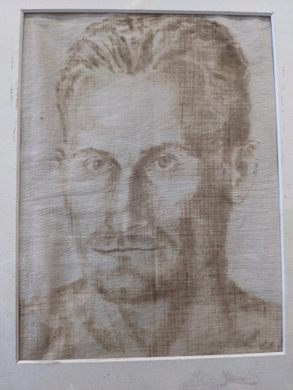

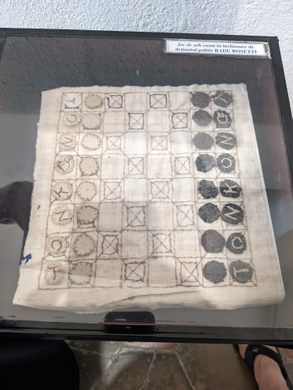






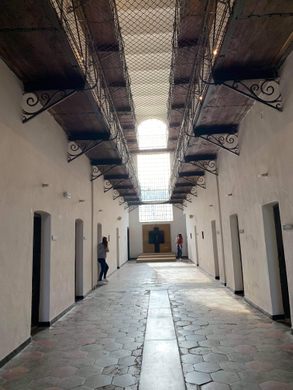




















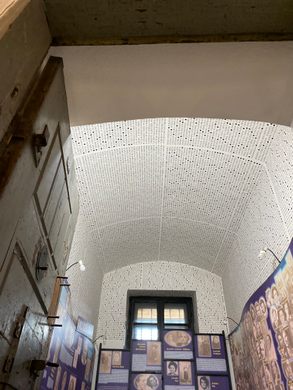
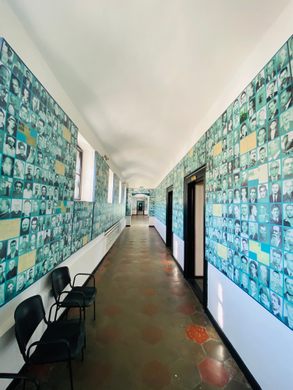




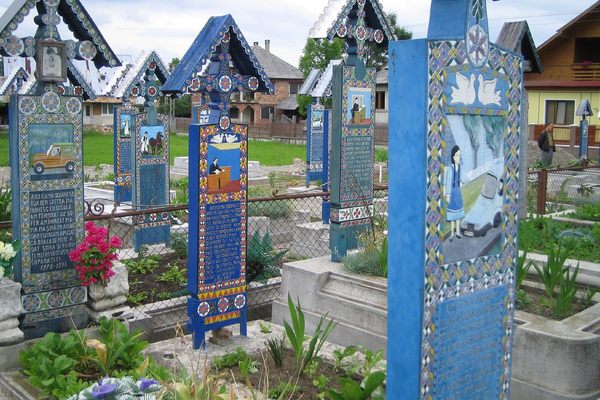
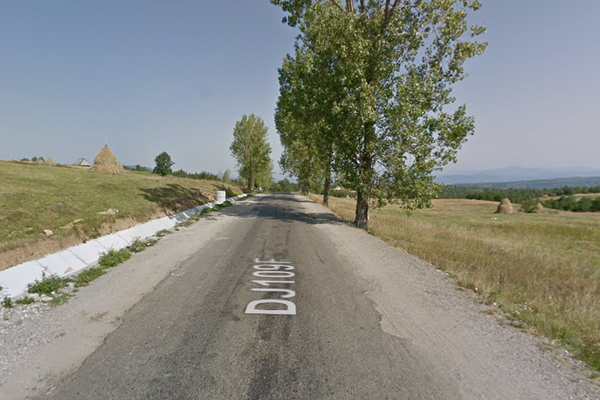


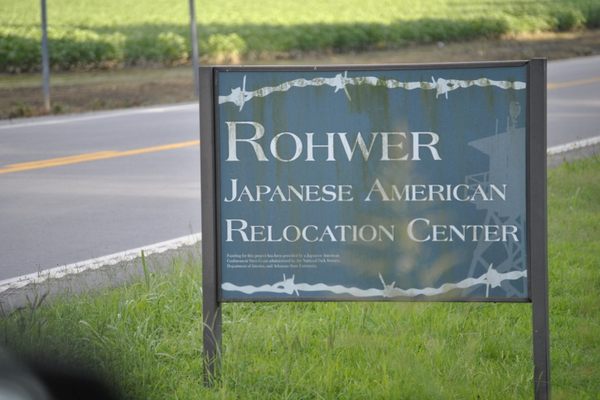

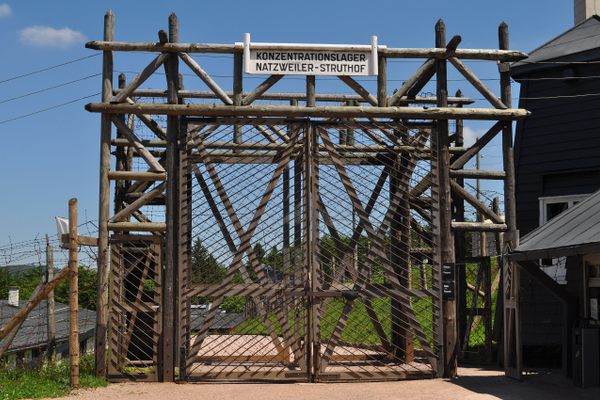


Follow us on Twitter to get the latest on the world's hidden wonders.
Like us on Facebook to get the latest on the world's hidden wonders.
Follow us on Twitter Like us on Facebook